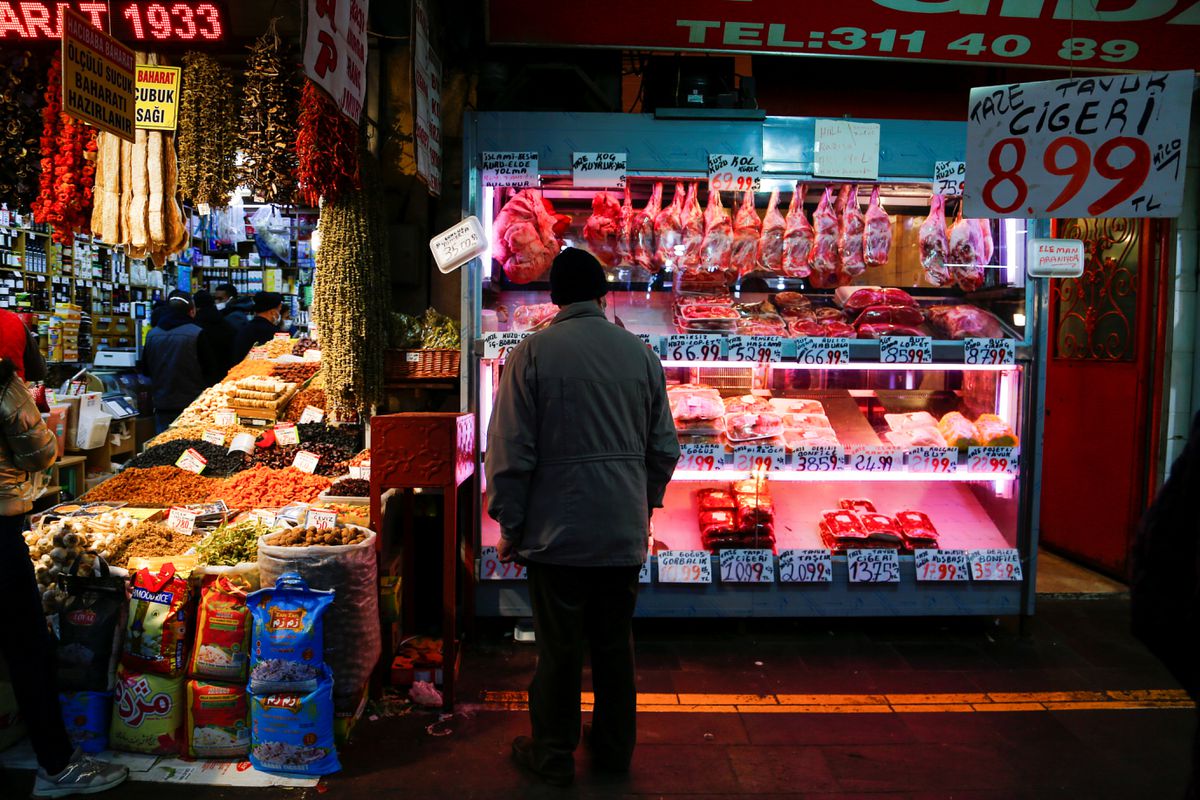Turkey’s annual economic growth was 7.3 per cent in the first quarter, slightly more than expected data showed on Tuesday, driven by strong demand, manufacturing and exports even as fallout from a currency crisis should cool things later in the year.
President Tayyip Erdogan adopted a policy last year that prioritises economic growth, employment, investment and exports, driven by a series of unorthodox interest rate cuts that sparked a lira crash in December.
Economists say the cuts, to 14 per cent in the policy rate, could paradoxically hamper economic growth in 2022 because they also sent inflation soaring to 70 per cent.
Yet in the first quarter, gross domestic product (GDP) expanded 1.2 per cent compared with the previous quarter on a seasonally and calendar-adjusted basis, data from the Turkish Statistical Institute showed.
The demand and spending was in part driven by rising prices.
In a Reuters poll, the economy was forecast to have expanded 7.1 per cent in the first quarter with full-year growth seen at 3 per cent, as a rise in energy prices due to war in Ukraine weighs on the current account, budget and inflation outlooks.
Turkey was one of the few countries to expand in 2020, due largely to cheap loans to counter the pandemic’s economic impact. The economy bounced back from the COVID-19 pandemic to grow 11 per cent in 2021 as COVID-19 restrictions were largely lifted.
The lira traded flat at 16.3995 against the dollar following the release of the data. The currency lost some 20 per cent against the greenback this year, and 44 per cent last year.
Separate data showed that the trade deficit almost doubled in April, driven by a 135 per cent jump in energy imports. In the Jan-April period, the trade deficit widened by 130 per cent year-on-year.







Click here to change your cookie preferences